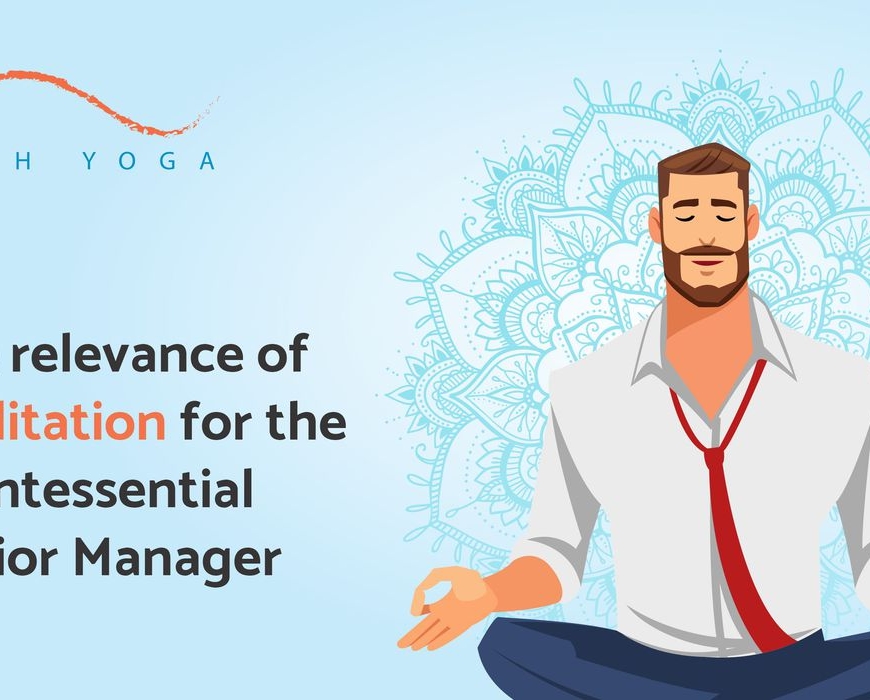Knee Pain – When Should I Be Cautious?
Knee pain is a common complaint across the ages, and its causes range from infections and injuries to age-related complications such as arthritis. Knee pain can be a problem in itself, or indicative of an underlying medical condition that may need further attention.
Usually, it can be easily understood when knee pain requires attention, and it is an expected if unfortunate part of some conditions. However, today’s sedentary lifestyle and lack of exercise can often promote stiffness and discomfort in the joints, including the knees. While medical treatment is required and usually sought for injury and illness-related pains, it is this discomfort and general pain promoted by a poor lifestyle that one needs to look out for. Many may initially dismiss their concerns due to the minimal and sporadic nature of the discomfort and pain, but your joints may be signaling to you that it is high time to change your lifestyle.
Knee Pain and Yoga
Yoga is perhaps one of the best exercises for the joints – it is a gentle exercise that prevents sudden jerks or impacts, reduces tensions improve mobility, flexibility, and muscle strength. When practiced under the guidance of an expert, yoga can become an effective tool to tackle the root causes of knee pain, which includes weakened muscles, stiffness, and age-related degeneration.
As a bonus, yoga also integrates components of stress reduction and relaxation. Pain is just as much a mental experience as it is a physical challenge, and continuous and high levels of pain can bring about frustration, stress, and loss of peace. Yoga can thus work on the level of the mind as well, aiding in dealing with these secondary consequences of knee pain.
When To Hit the Brakes – Things to Avoid
While Yoga is a holistic and varied exercise that can certainly help in the alleviation of knee pain, it is also important to exercise some caution to ensure that you do not end up making your problems worse. There are some tips and guidelines that you should always keep in mind, which include –
- Do Not Practice Without Supervision – If you are undertaking yoga (or indeed any other exercise) while dealing with an exexisting of knee injury or pain, it is essential that you have a trained expert to help you through the process. We often misjudge what our bodies are capable of, and even easy workouts can quickly turn nasty without the right support and modifications. Having a supervisor can also help you focus on proper form and rest, both of which are very important with knee pains.
- Modify Your Poses – Do not let your sense of challenge let you cost your body. Instead, respect your body’s healing requirements and modify your asanas. This will allow you to get the best of your workout while protecting your knees. So, bend your knees at the standing asanas such as the tree pose, or perform the pigeon pose on your back instead.
- Skip Some Asanas – Eventually, you will have to reach a point of compromise and drop a few asanas from your routine till your knees are feeling up to the task again. Poses such as the bound angle pose, hero pose, lord of the dance pose, and all types of lunges are best skipped when your knees are not at their best. This is because these asanas either require your knees to be strong and supportive, which may not be possible, or may stretch them out in ways that may further increase your injuries.
- Replace Some Asanas – If the easy pose goes out of the question due to the folding and holding involved, go instead for the savasana, a similarly resting pose that can also be conducive to meditation. While the benefits of these asanas may not be completely the same, you can work with an expert to develop an alternate repertoire of asanas that help you achieve your goals without compromising your knees.
While yoga is an excellent form of exercise with many benefits, like all forms of physical activities it too has some constraints and considerations that need to be followed to ensure that you reap only the benefits, and not rack up injuries. Contraindications are a part and parcel of good yoga practice, and can help you be better and healthier in the long run.





Add Comment